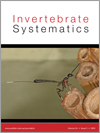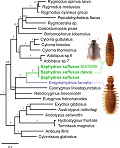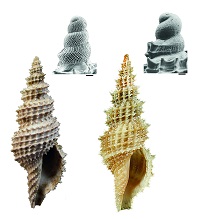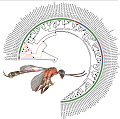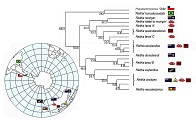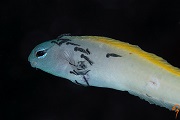
Marine leeches are an important component of the fish and sea turtle parasite fauna in Australia and New Zealand. However, they are very poorly known. Examination of marine leech specimens in all major Australian and New Zealand museums revealed eight genera and 16 species in Australia and six genera and 10 species in New Zealand. Two genera and three species are endemic to New Zealand; no genera, but four species are endemic to Australia.


